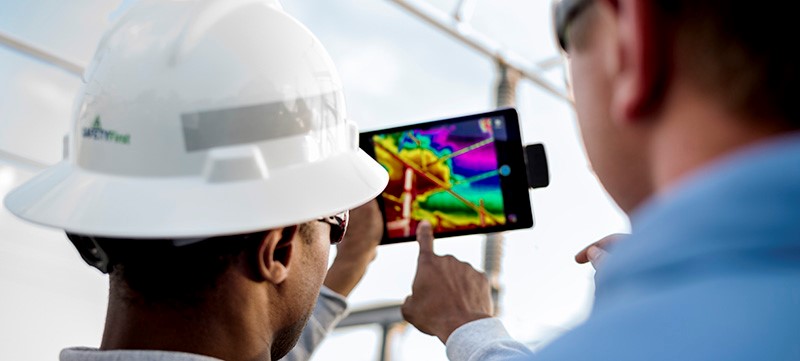Power Your Goals
We handle your company’s behind-the-meter energy assets, providing you with a predictable monthly payment with no upfront capital required so you can focus on your core business.
Connect to more resiliency. For your capital. Your energy. And your business.
Watch now
Proven
We understand our customers, their operations and their unique energy needs. That’s why we take on the complete design, build, ownership, operation and maintenance of your company’s energy assets – giving you peace of mind and the help your business needs to meet its goals today and for years to come.
Reliable
Break the cycle of power outages, fluctuations and expensive recovery. Our utility-grade energy infrastructure, backup power and microgrid solutions are designed to help protect your critical operations so your business can stay up and running. And they’re supported and monitored – 24/7/365.
Scalable
Get solutions and support that grows as your operations do. As your organization expands, your backup generation, infrastructure and power quality solutions need to adapt too. Our support team has monitored and managed assets with multiple sites and wide-ranging needs across the nation.
Our Solutions
Getting the Green Light:
How to Build Consensus, Make Your Pitch and Get Your Energy Project Approved

New Workbook: How to Build Consensus, Make Your Pitch and Get Your Energy Project Approved
In this companion workbook to our Getting the Green Light e-book, we’ll help you create a straightforward game plan for getting your energy projects approved. Guiding you through questions and helpful tips to keep in mind when seeking internal buy-in, this workbook will help you build your business case, draft a project brief, write a project pitch and more. Fill out the form below to download your free copy of Getting the Green Light and learn how you can give your energy project the best chance at approval.





